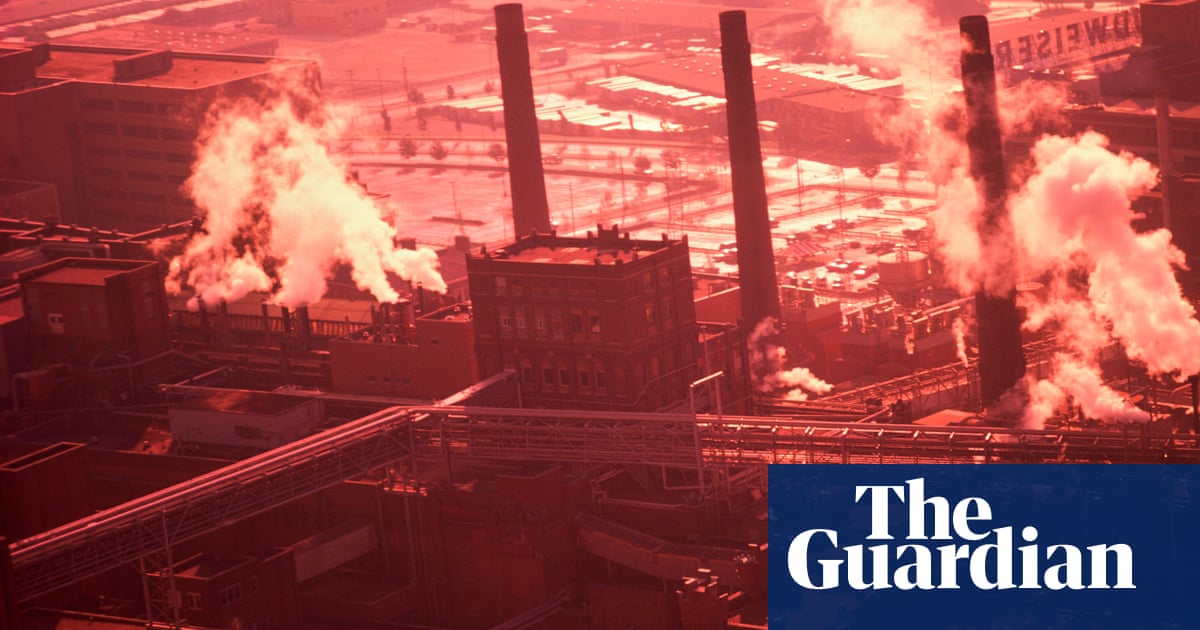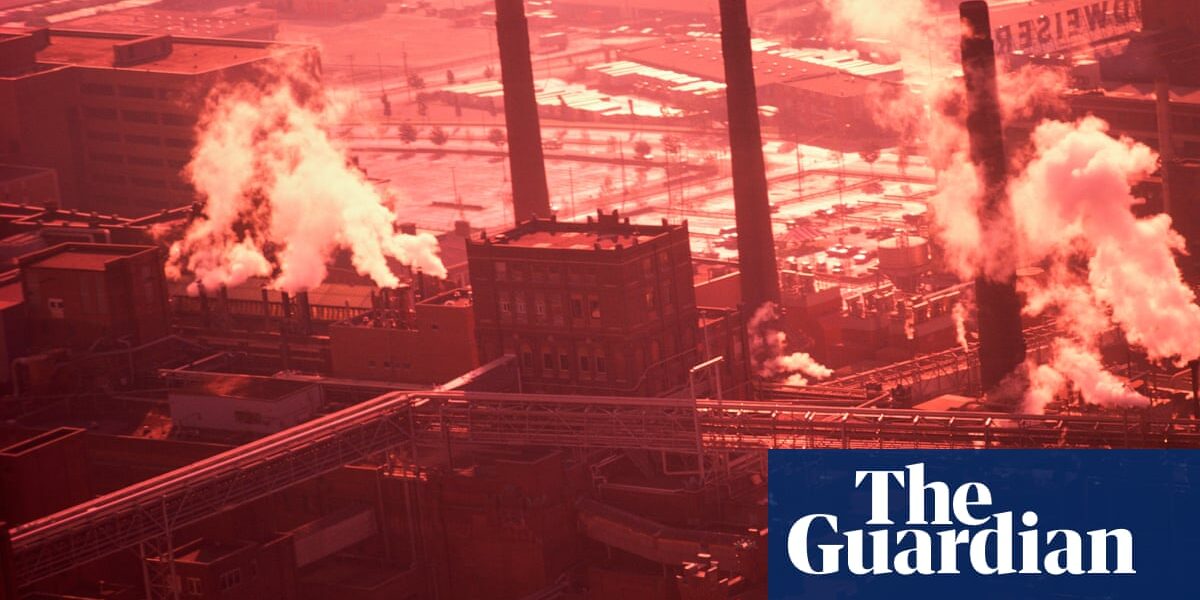According to a study, the air quality levels considered ‘safe’ in the United States, United Kingdom, and European Union are still detrimental to human health.

Two recent studies have revealed that the dark air pollution emitted by vehicles and industrial facilities is causing significant damage to the respiratory and cardiovascular health of people, even with low levels of exposure. Despite this, government regulations continue to permit hazardous levels of pollution, posing a threat to public well-being.
According to a recent study conducted by US researchers, there is no level of safety when it comes to PM2.5, a type of airborne pollution made up of minuscule particles of soot that are smaller than the width of a human hair. Any amount of this pollution can have negative effects on heart and lung health, even in small quantities, increasing the risk of serious issues.
One study analyzed data from 60 million individuals aged 65 and older in the United States between 2000 and 2016. The findings showed that exposure to typical levels of PM2.5 in the US increased the likelihood of hospitalization for seven common types of cardiovascular disease.
The heightened risk level is noteworthy, as the typical level of pollution in the US leads to a 29% increase in the likelihood of being admitted to a hospital, which is almost one-third higher than the air quality guideline set by the World Health Organization (WHO).
However, the second study discovered that the WHO-recommended level is not entirely safe. It revealed a notable rise in hospital visits due to cardiovascular and respiratory diseases, as well as emergency visits for respiratory issues, even when short-term exposure to PM2.5 was below the WHO limit.
According to Gregory Wellenius, a scientist from Boston University School of Public Health and co-author of the second study, pollution is causing various health problems such as chronic obstructive pulmonary disease and asthma, even at low levels. This issue is not limited to certain age groups, but affects everyone.
PM2.5 particles, which are released from burning fossil fuels in vehicles, power plants, and industries, are the main culprit for air pollution. These particles can also be released from wildfires, which are becoming more intense due to the worsening climate crisis. Upon inhalation, these particles can become trapped in the lungs and cause a range of health issues.
Previous studies have revealed the hazards of this type of pollution, indicating that approximately 5 million people worldwide annually suffer fatalities due to fossil fuel air pollution. In combination, air and water pollution are responsible for one-sixth of all deaths globally.
Unfortunately, governmental laws have not been able to keep up with this threat. Recently, the Environmental Protection Agency (EPA) in the United States has made the national air quality standard for PM2.5 more strict, which has been praised by the Biden administration as an important step that will prevent numerous deaths.
Skip over the advertisement for the newsletter.
after newsletter promotion
The recent regulations have reduced the yearly permitted PM2.5 pollutants from 12 micrograms per cubic meter to 9 micrograms per cubic meter. However, this is still higher than the World Health Organization’s recommended limit of 5 micrograms per cubic meter. According to new research, this level of pollution will continue to negatively impact Americans. The authors of both studies, published in the BMJ, express their concern that the current national standard does not adequately protect public health.
The limits for PM2.5 in different locations, including the UK and the European Union, are considerably higher than the recommendations from the WHO. This has prompted demands for stricter measures to address the deadly air pollution.
“We have observed significant improvements in decreasing PM2.5 levels compared to previous years,” stated Wellenius. “There have been considerable health benefits from reducing this pollution while the economy continues to thrive. We do not have to make a trade-off between economic growth and improved health. We can have both and we should strive for both.”
Source: theguardian.com




